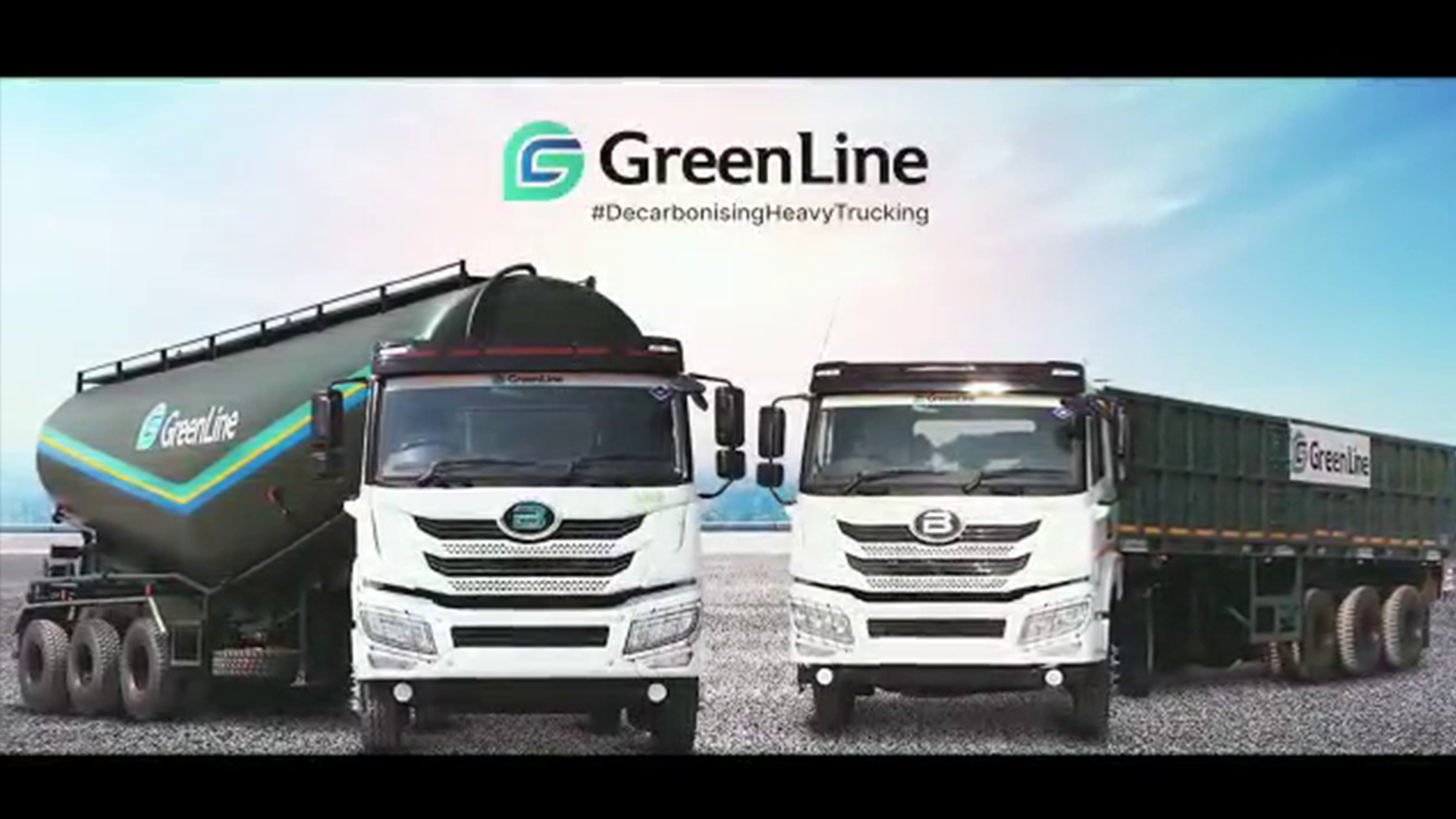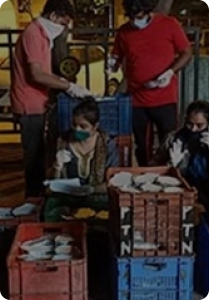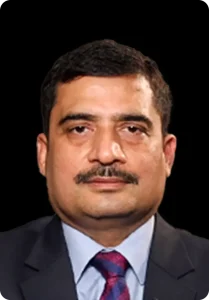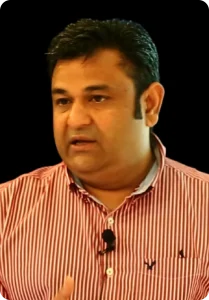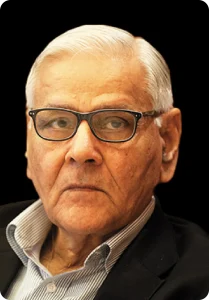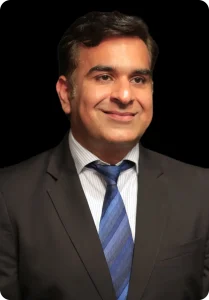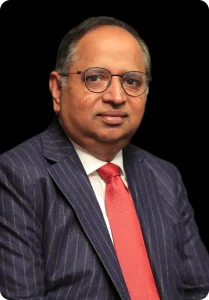In the tech sphere, a ubiquitous development in the past decade has been the emergence of a system of systems. Succinctly put, it is an ecosystem wherein multiple independent—yet interrelated or interdependent—components are patched to create a high-performing unified whole. Despite India’s push towards green mobility being whole-hearted, it has remained chiefly experimental as the efforts have yet to be concerted. The dire need is a system of systems.
Per the World Air Quality Report, India is home to 17 of the world’s 25 most polluted cities, and vehicle air pollution contributes 40% to PM 2.5 emissions in cities such as Delhi and Pune. With a burgeoning population and the resulting demand for vehicles, the emergency may soon become a disaster if not tamed immediately. However, India’s commitment towards green mobility has been steadfast in spirit, conforming to its position as the ambassador of tackling climate change. However, given the country’s size and PIN address for 18% of the world population, the task is of a Himalayan proportion.
There is no dearth of policies. From the Jawaharlal Nehru National Urban Renewal Mission, the National Urban Transport Policy (launched in 2006 and revised in 2014) to implementing the Green Urban Mobility Initiative in 2017, the heart has been at the right place. The intermediate period also witnessed the creation and activation of the Atal Mission for Rejuvenation and Urban Transformation, Smart Cities Mission, National Transit Oriented Development policy, National Electric Mobility Mission Plan, and Sustainable Urban Transport Project among many others. In August 2023, the government approved the `57,613-crore PM e-Bus Sewa Scheme, wherein 10,000 electric buses will be deployed in 100 cities under public-private-partnership mode to redefine urban mobility.
To promote the use of alternative fuel vehicles and electric vehicles to achieve zero or low carbon emissions, the government established the National Mission on Transformative Mobility and Battery Storage and approved the National Programme on Advanced Chemistry Cell Battery Storage under the PLI Scheme. In addition, two phases of the Faster Adoption and Manufacturing of (Hybrid &) Electric Vehicles in India Scheme, or FAME, have been operationalised.
In addition to the Central efforts, governments of Delhi, Karnataka, Maharashtra, Uttar Pradesh, Andhra Pradesh, Kerala, Telangana, Tamil Nadu, Bihar, and Uttarakhand, among others, have come out with policies focusing on manufacturing and deployment of EVs and charging infrastructure in their respective states. One also must remember the ever-increasing network of metro rail networks across cities.
In the Auto Expo in January 2023, a common thread apparent across the pavilions was sustainability. Of the 14 unveilings on day 2 of the mega event, 11 were by pure EV players such as Sun Mobility, Omega Seiki Mobility, Godavari Electric Motors, Binelli-Keeway, and Ultra Violet. Notably, these are smaller players in the automobile universe. The giants such as Tata Motors unveiled 14 new products powered by natural gas, battery electric, fuel-agnostic, hydrogen cell electric and hydrogen cell ICE. With its Drive Ahead vision, the UK-born MG India showcased 14 production-ready green vehicles.
Essar’s Green Mobility initiative deserves special mention. Through its subsidiaries, Blue Energy Motors, GreenLine Mobility Solutions Ltd, and Ultra Gas & Energy Ltd, Essar spearheads a movement towards cleaner, more eco-friendly road transportation solutions in India. Blue Energy Motors is India’s first LNG liquefied natural gas (LNG) heavy-duty truck manufacturer. GreenLine Mobility Solutions is India’s first and only company operating a fleet of LNG-powered long-haul heavy-duty trucks, with plans to deploy 10,000 LNG and electric heavy-duty trucks in the next three years. Ultra Gas & Energy is building a pan India network of 200 green fuel hubs across the golden quadrilateral, north-south highway, and east-west highway for LNG and other clean fuels to heavy automotives.
Sectors such as cement, steel and FMCG are adopting green mobility in a big way to achieve their net zero goals. The pace of adoption is sure to gain further traction in the days ahead, making it a win-win for all stakeholders.
In the recent men’s cricket World Cup 2023, South Africa, in its face-off against Sri Lanka, shattered records by scoring the highest-ever total of 428 runs in the tournament. The highlight of the innings was three centuries scored by three batsmen. In response, Sri Lanka fell short by 102 runs despite spirited cameos by two batsmen. The point to be driven home is that India’s tryst with green mobility has been piecemeal, or cameos, whereas the game’s longer format needs multiple herculean efforts to achieve the desired outcome.
The lacuna needs a definite purpose and plan to bring about a fundamental change in the green mobility space. Despite a common goal, the policies have been operating in silos and have been bereft of intra-agency coordination, resulting in a waste of resources and delays in realising the desired results.
The need of the hour is an overarching framework that would stitch together the existing propositions and make them act as a meteoric force. The government should consider a nodal agency to make these policies talk to each other. The cue can be taken from the current dispensation’s brainchild, the ministry of cooperation, which is responsible for providing a separate administrative, legal and policy framework to strengthen the cooperative movement in the country. The idea should be to create synergy: interactions and cooperations to make a whole more significant than the sum of the parts.
Source: The Financial Express, by Aruna Sharma (The author is a practitioner development economist and retired secretary with the Government of India. Views are personal)

